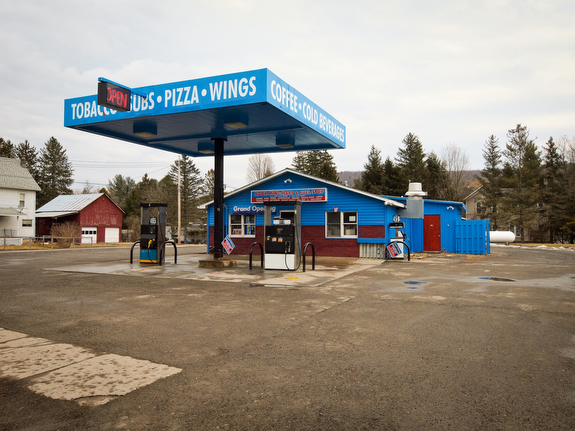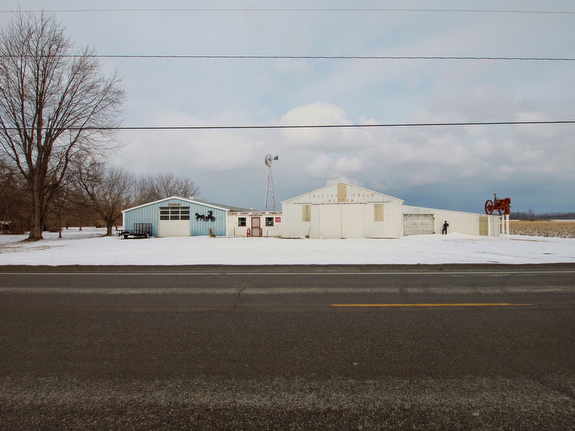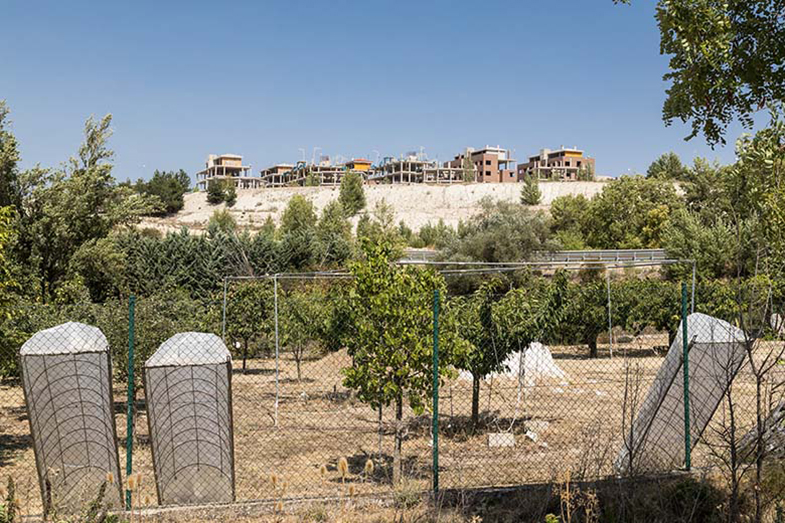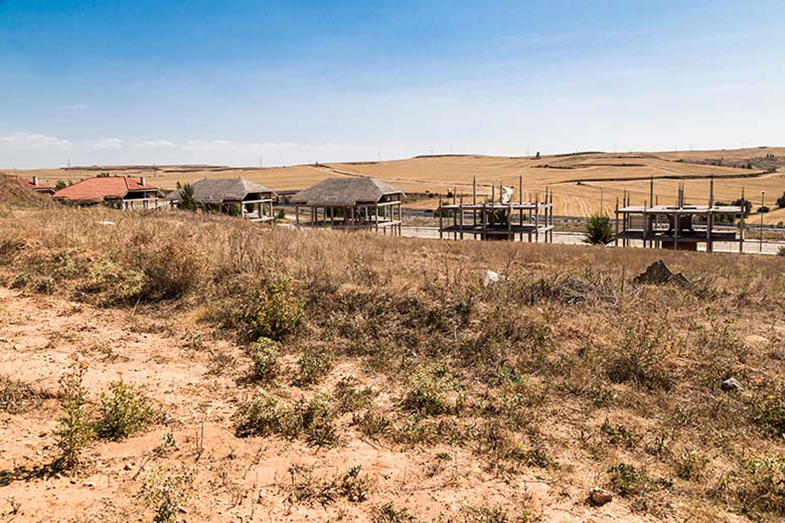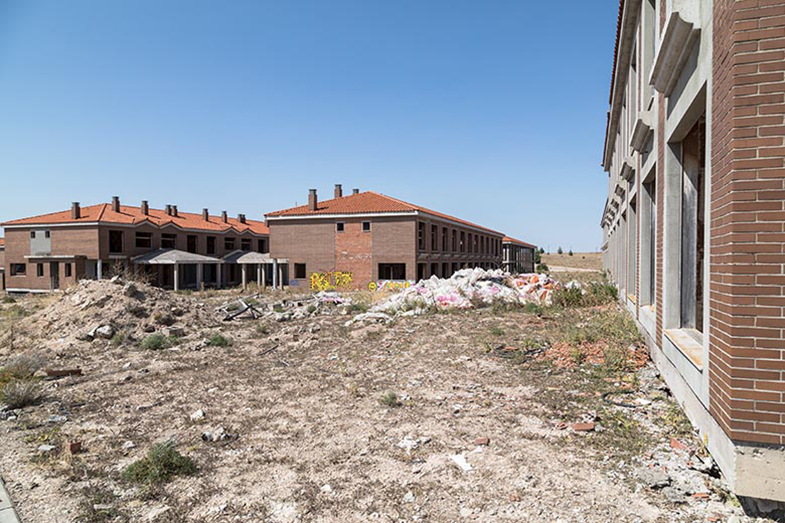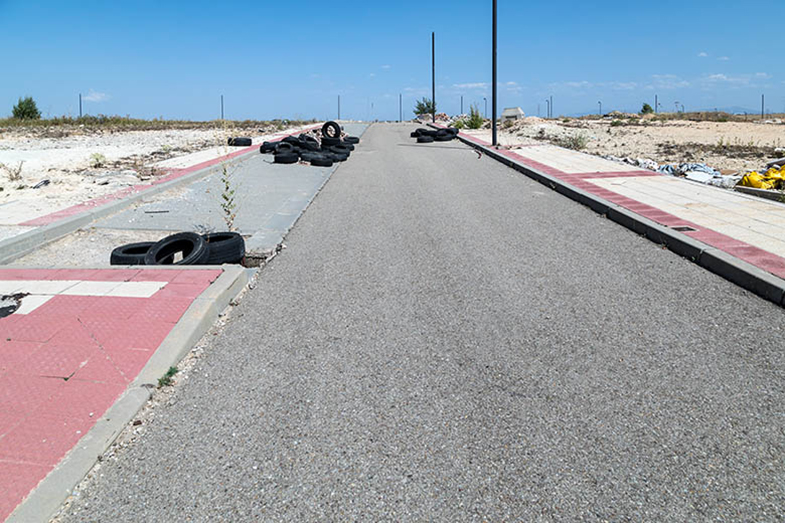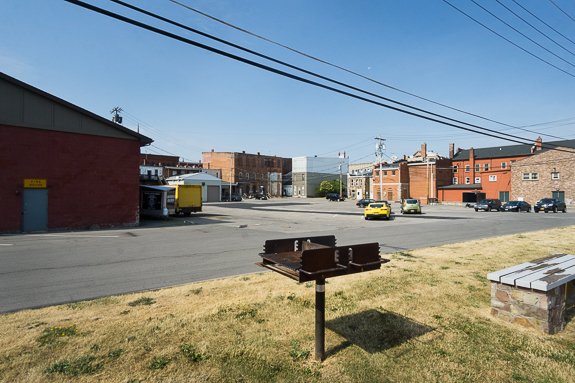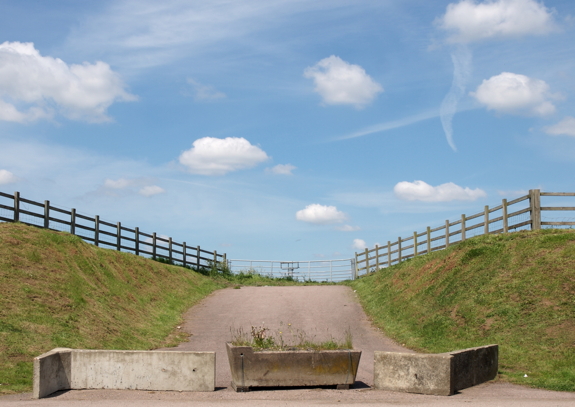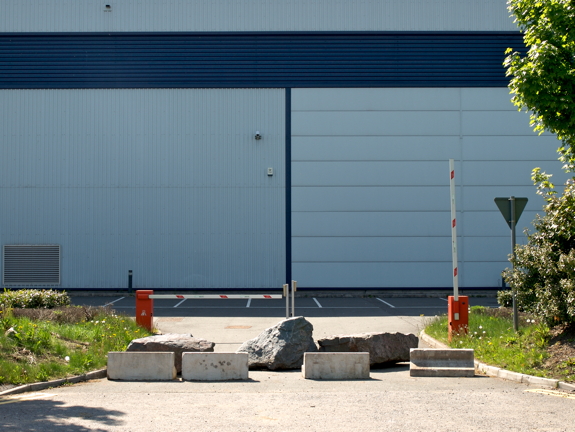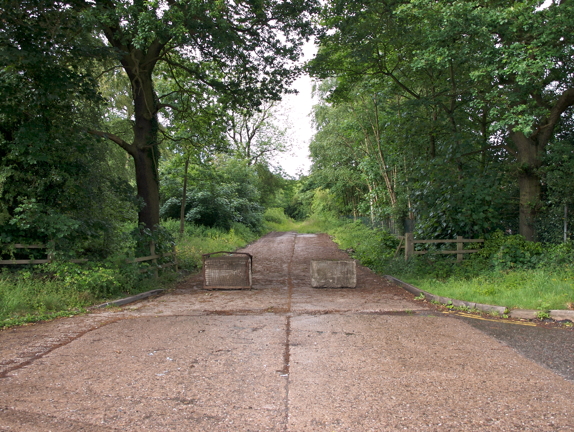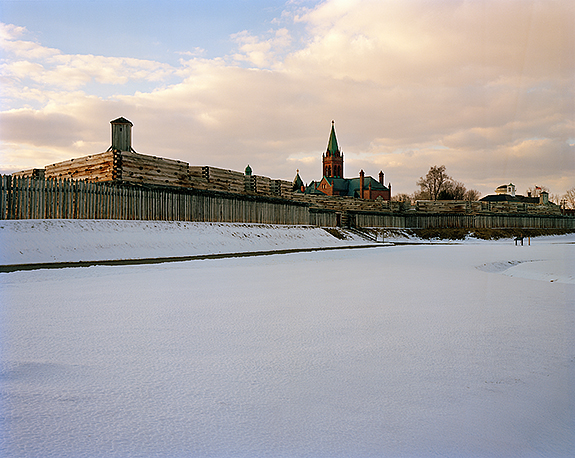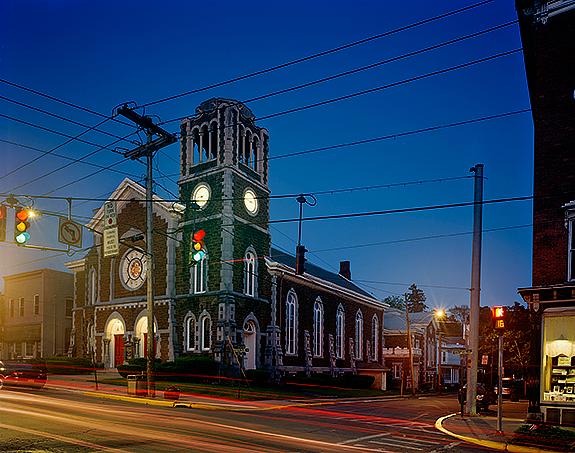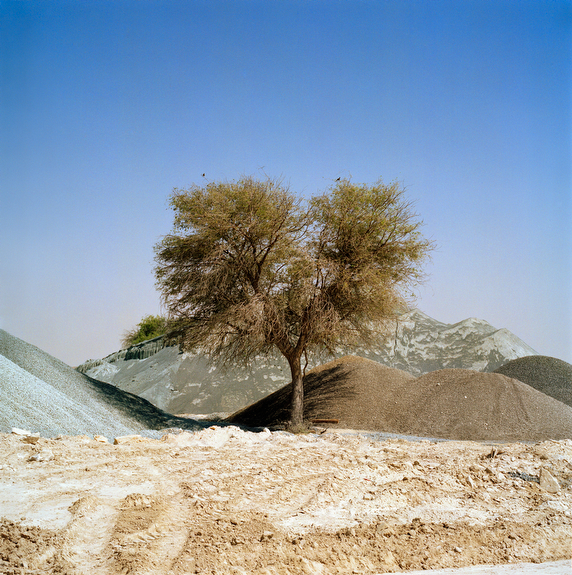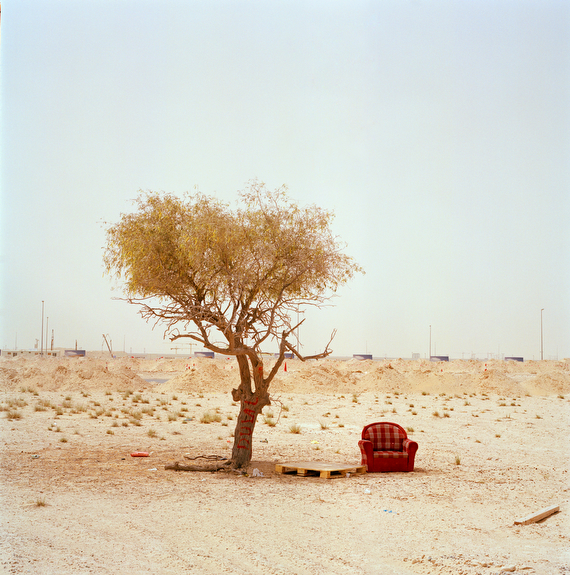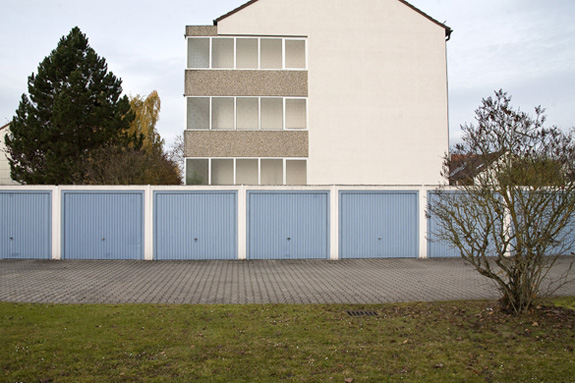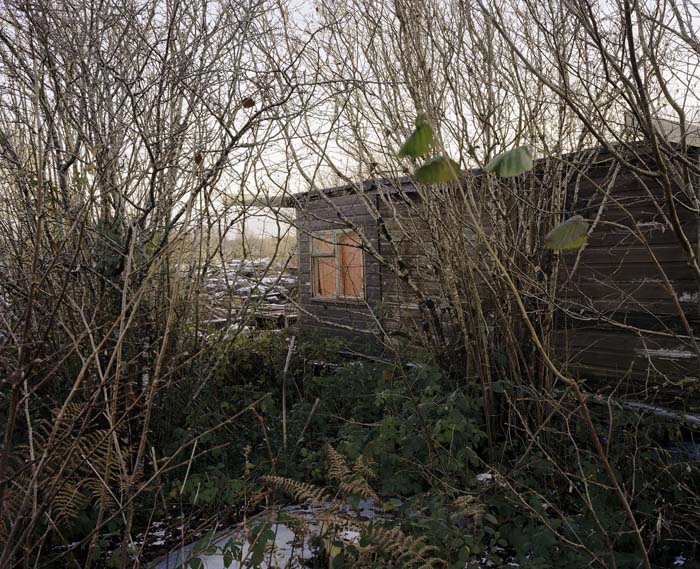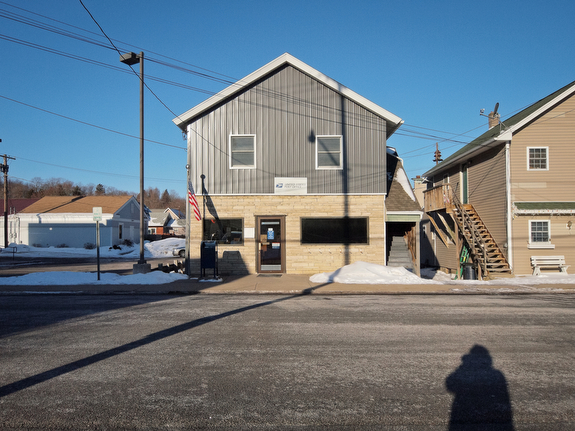
www.RobertDoylePhotography.virb.com
I photograph the landscape around me, the landscape I see in my day-to-day travels and activities. This includes the picturesque as well as the discarded. These images have been collected into a series of monthly or bi-monthly journals that I have self-published thru Blurb.
The images can be arranged in a few broad categories: memorials, commercial properties (closed and thriving), intersections (urban and rural), pastoral (urban and rural). When put together they build a portrait of my activity in my environment/community.
It was the closed commercial properties that I started with in 2010. I was driving about 200 miles a day for my job, taking the same route each day for about five months. One starts to see things after a while that one may not normally see. I would pass through many small towns between Naples and Rochester as well as parts of Rochester, urban and suburban that were vacant, for rent/sale/or lease — evidence of a shift in the economy.
I often use the panorama format because I am interested in the context of the thing/place I am photographing. I do not want to isolate. I want to show where it is and what is around it.
When my job changed, my route became more varied, almost random. Other elements/subjects start to appear. The memorials I am finding very interesting at this point. Some mourn, some celebrate. They are everyplace — sometimes conspicuous sometimes hidden.
In my journals you can see the annual cycle, winter, giving way to spring and summer. Then the very gradual coming of fall before the snows and the sky turns gray. You can also see signs of a multinational corporate presence in our rural areas, industrial farming, an economy that is in a tail-spin. You can see the evidence of national and global conflict and the players in that game as well as occasional signs of hope.
— Robert Doyle, Gainesville, New York, USA
